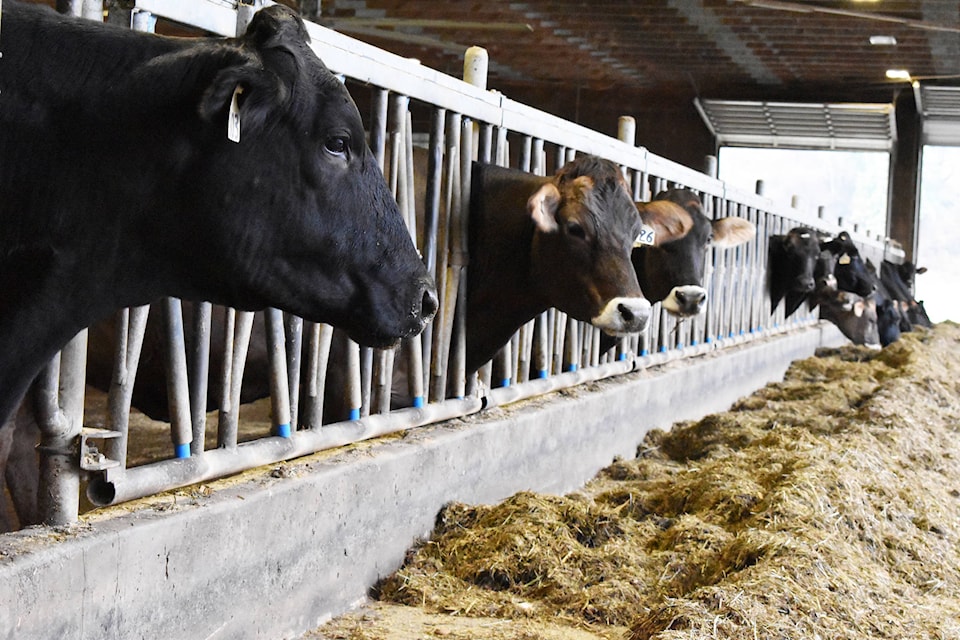In the District of Kent, Harrison Hot Springs and the surrounding areas, no farms are more numerous than dairy farms. In 2016, there was a total of 30 dairy farms in the area, making up a quarter of all the kinds of farms for that year.
Dairy farms are not all black and white. Although the monochromatic Holstein cows are among the most popular (93 per cent of all Canadian dairy cows are Holsteins), not every herd is the same.
Some farmers prefer Gurnsey or Jersey cows, both coming from the Channel Islands between England and France. Still others choose Brown Swiss, Ayrshire, Milking Shorthorn or Canadienne cows.
For farmers like the Treurs, who run Creekside Dairy in Agassiz, sometimes a mix is best. The Treurs started with Holstein cows, but then interbred them with Brown Swiss, one of the oldest breeds in the world and one of the best for producing cheese.
On average, a Canadian dairy farm has 85 cows in a herd. B.C.’s average is significantly higher than that, at 135 cows a herd. But local herds are even bigger: with 174 cows a herd on average, according to Statistics Canada.
If that doesn’t sound like very much to you, then think of it this way: in the Kent, Harrison Hot Springs and the surrounding areas, there is about one dairy cow for each person. (If you calculate all the cattle in the area, including bulls, steers, beef cows and calves, it goes up to just under two per person.)
Each of these dairy cows produces an average of 33 litres of milk a day, the equivalent of eight four-litre milk jugs plus a couple glasses.
Want to see more stories from Homegrown? Check them out here.
grace.kennedy@ahobserver.com
Like us on Facebook and follow us on Twitter
